Peanut Satay Sauce: A Global Flavor Adventure with a Nutty Twist
Spices are the soul of global cuisine, and few ingredients embody that spirit more than peanut satay sauce. This creamy, nutty condiment is a staple in many Asian kitchens, especially in Indonesia, Malaysia, and Thailand. But it’s not just for grilled meats—its versatility makes it a must-have for any spice lover or home cook looking to elevate their dishes.
Table of Contents
- Practical Tips for Using Peanut Satay Sauce
- In-Depth Look at Peanut Satay Sauce
- Buying Guide for Peanut Satay Sauce
- Conclusion
Practical Tips for Using Peanut Satay Sauce
Whether you're a seasoned chef or a kitchen novice, these tips will help you make the most of this delicious sauce:
- Use it as a dip: Serve it alongside grilled chicken, vegetables, or even spring rolls for an instant flavor boost.
- Marinate your proteins: Mix it with soy sauce and garlic to create a rich marinade for chicken, tofu, or shrimp.
- Enhance noodles: Stir it into your favorite noodle dish for a creamy, nutty twist.
- Make it homemade: A simple mix of peanut butter, soy sauce, lime juice, and chili can bring out the best of its flavors.
- Pair it with rice: Drizzle it over steamed jasmine rice for a quick and flavorful side.
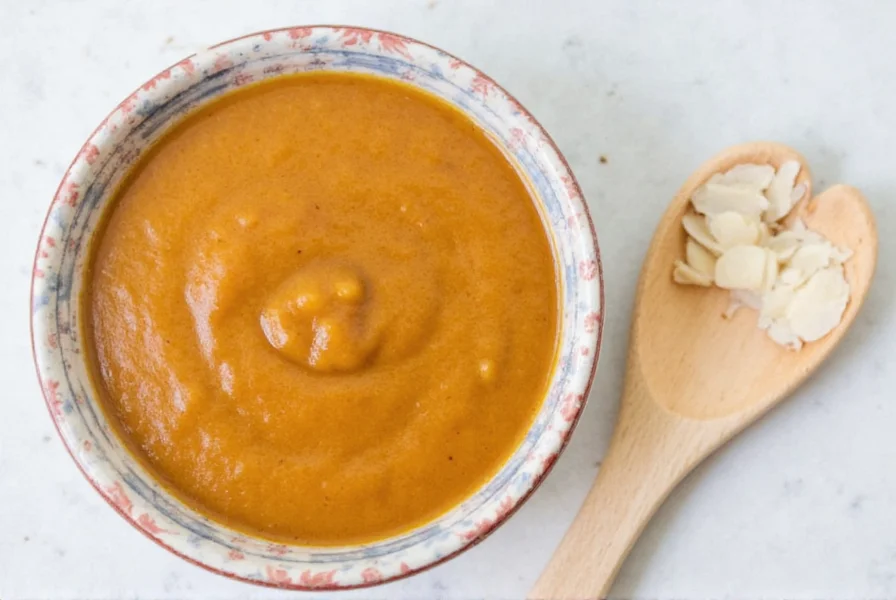
In-Depth Look at Peanut Satay Sauce
At its core, peanut satay sauce is a blend of roasted peanuts, soy sauce, garlic, and a hint of heat. Its origins trace back to Southeast Asia, where it was traditionally used as a dipping sauce for satay—grilled meat skewers. Over time, it has become a versatile ingredient that transcends borders.
The key to a great peanut satay sauce lies in balance. The creaminess of the peanut butter should be complemented by the tang of lime, the saltiness of soy, and the kick of chili. Some recipes also include palm sugar or tamarind for a touch of sweetness or acidity, depending on regional preferences.
Here's a quick breakdown of how different regions use it:
| Region | Common Ingredients | Flavor Profile |
|---|---|---|
| Indonesia | Roasted peanuts, soy sauce, garlic, chili, lime | Creamy, spicy, tangy |
| Thailand | Peanut butter, fish sauce, lime, chili, coconut milk | Rich, sweet, and slightly salty |
| Malaysia | Peanut paste, soy sauce, garlic, ginger, chili | Nutty, savory, aromatic |
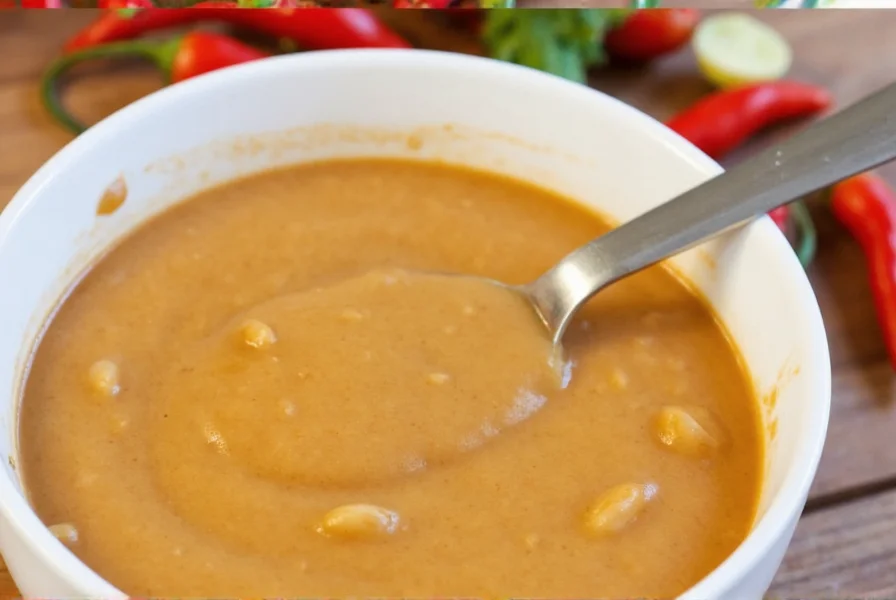
The beauty of peanut satay sauce is that it’s easy to customize. You can add more chili for heat, more lime for brightness, or even experiment with other nuts like cashews or almonds for a different texture.
Buying Guide for Peanut Satay Sauce
If you’re not in the mood to make it from scratch, there are plenty of store-bought options available. Here’s a guide to help you choose the right one:
Top Brands and Their Features
- Kewpie Peanut Satay Sauce (Japan)
- Features: Smooth texture, mild flavor, perfect for beginners.
- Advantages: Easy to find in international markets, great for everyday use.
- Use Cases: Dipping sauce, noodle stir-fry, marinating meats.
- Target Audience: Home cooks and casual eaters who want convenience.
- Suitable Occasions: Weeknight dinners, potlucks, and family meals.
- Thai Kitchen Peanut Satay Sauce (USA)
- Features: Rich, nutty, and slightly sweet with a kick of chili.
- Advantages: Authentic Thai taste, ideal for those who love bold flavors.
- Use Cases: Grilled meats, dipping, and as a base for curries.
- Target Audience: Spicy food lovers and those looking for authenticity.
- Suitable Occasions: Thai-themed parties, dinner dates, and cultural cooking nights.
- Maggi Peanut Satay Sauce (South Africa)
- Features: Thick, creamy, and packed with flavor.
- Advantages: Affordable and widely available in African markets.
- Use Cases: Dipping, grilling, and as a flavor enhancer for stews.
- Target Audience: Budget-conscious cooks and fans of African cuisine.
- Suitable Occasions: Family gatherings, backyard barbecues, and casual meals.

When choosing a store-bought option, look for one with natural ingredients and minimal preservatives. If you’re feeling adventurous, try making your own using high-quality peanut butter and fresh herbs for a more authentic experience.
One sentence that expands on the peanut satay sauce: It’s not just a condiment—it’s a cultural bridge that brings people together through shared flavors and traditions.
Conclusion
Peanut satay sauce is a true ambassador of global spice traditions. From its humble beginnings as a dipping sauce for grilled meats to its modern-day versatility, it continues to captivate palates around the world. Whether you’re using it as a dip, a marinade, or a flavor enhancer, this nutty, creamy sauce adds depth and complexity to any dish.
So next time you’re in the kitchen, reach for a jar of peanut satay sauce and let it take your meal on a flavor-packed journey across the globe. And if you're feeling inspired, try making your own—because nothing beats the satisfaction of crafting a sauce that tells a story of tradition, taste, and culture.
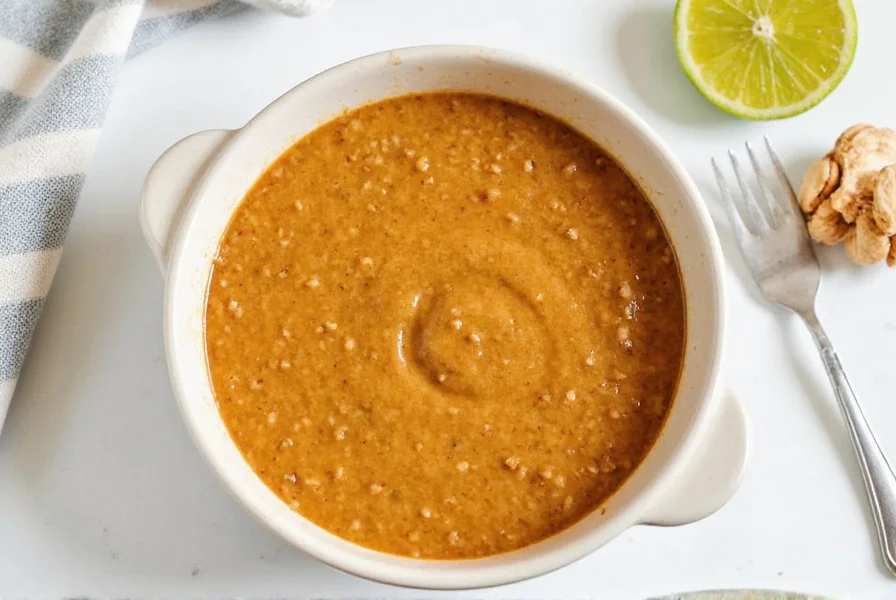
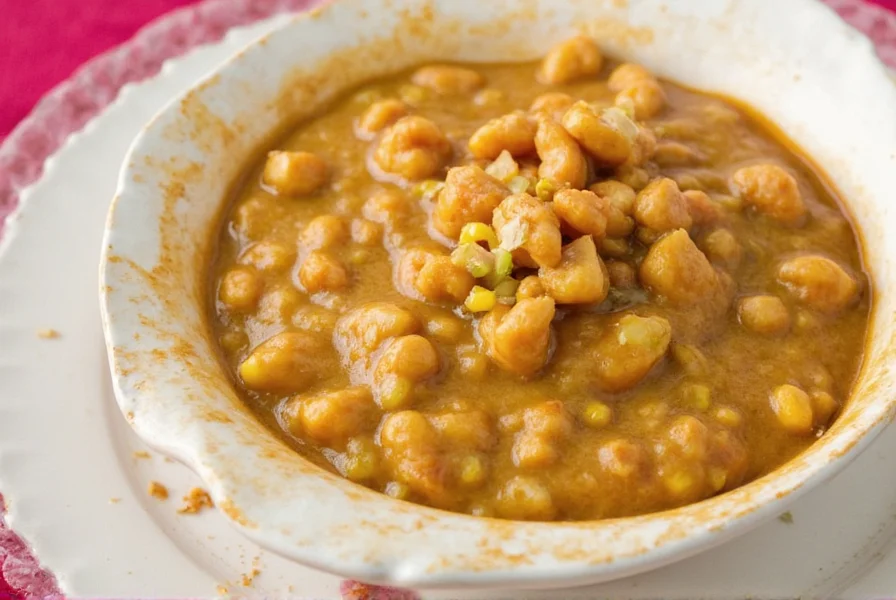
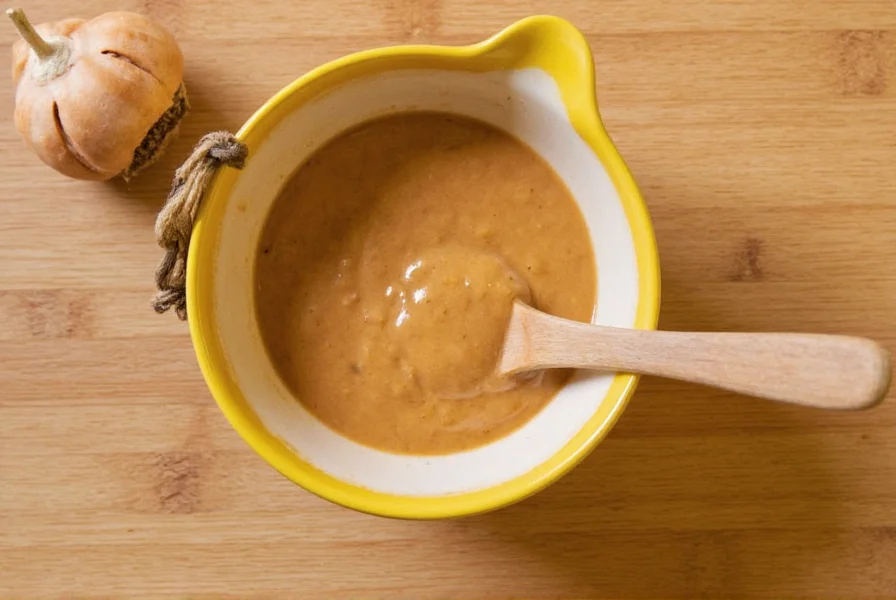
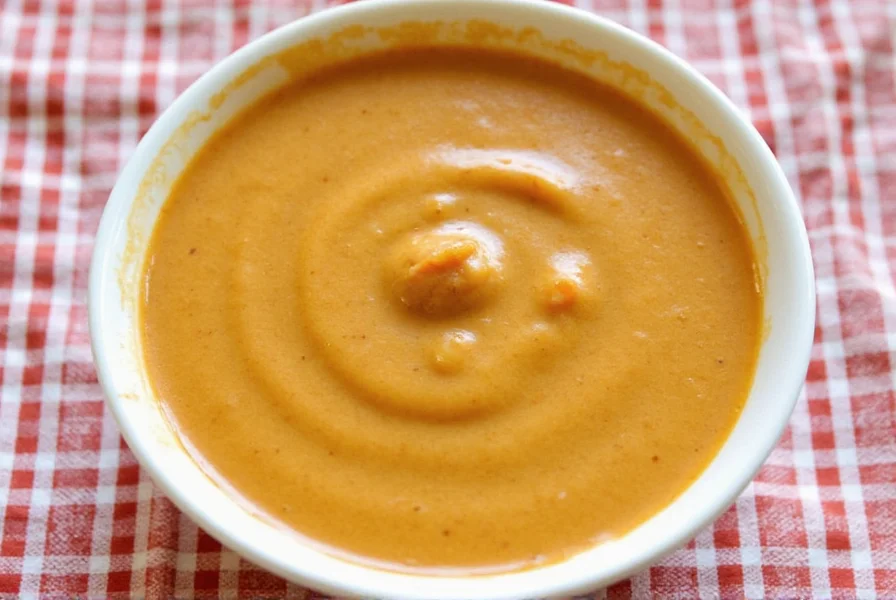
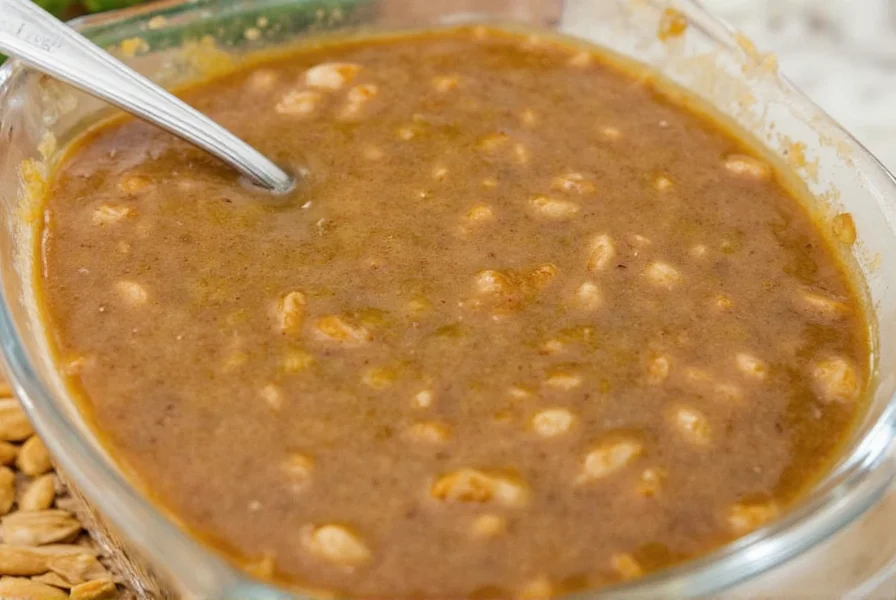











 浙公网安备
33010002000092号
浙公网安备
33010002000092号 浙B2-20120091-4
浙B2-20120091-4